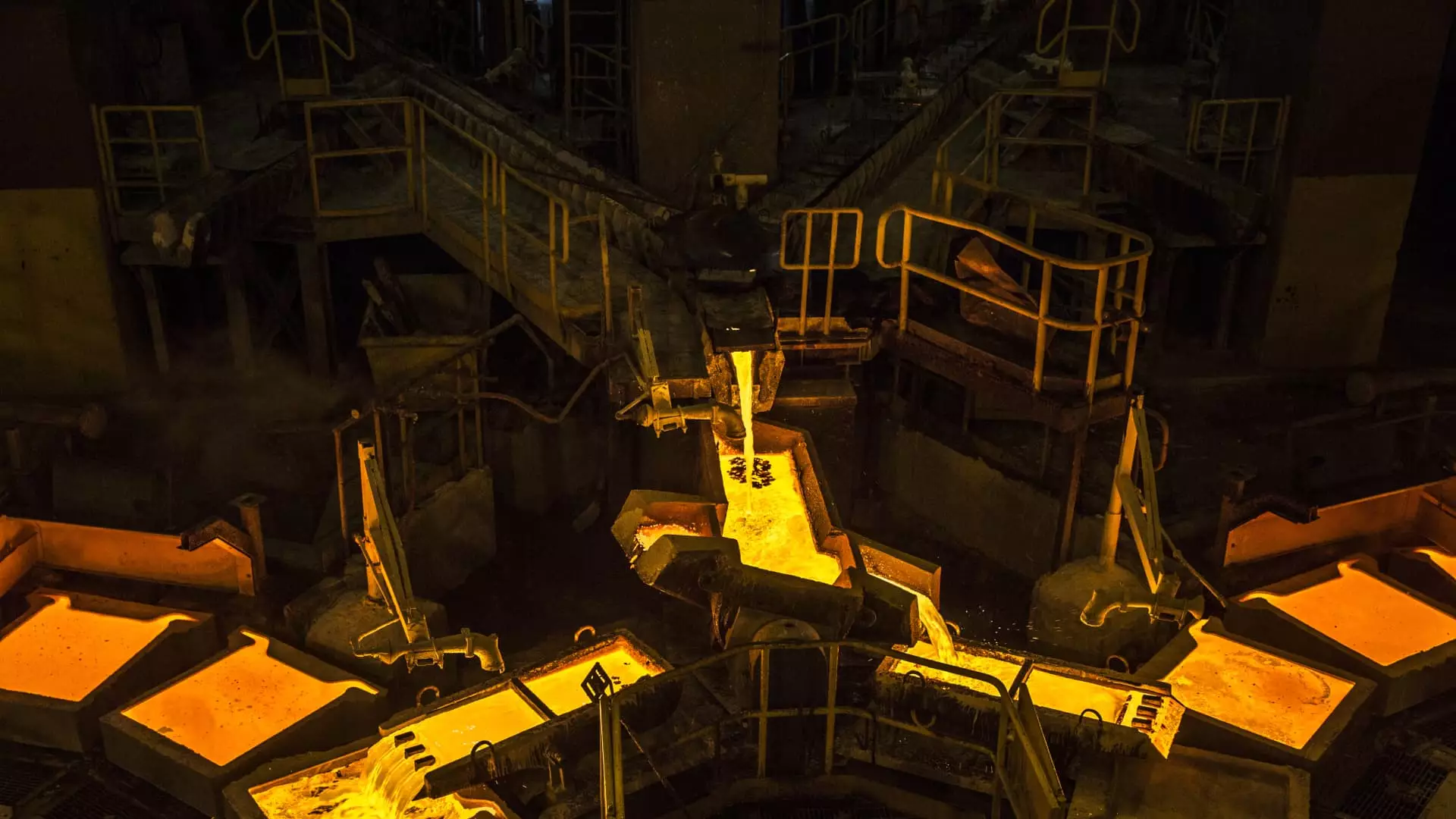Peru has long been characterized by its political challenges, often leaving investors on edge. However, recent developments indicate a turning tide. The country is experiencing a wave of renewed interest from foreign investors eager to engage with its sovereign bonds, a shift that reflects an evolving perception of Peru’s economic stability and growth potential. With foreign ownership of Peru’s bond market peaking at 39%, it is now the highest among emerging markets, highlighting a dynamic shift in the financial landscape.
The current scenario marks a significant transformation from a period riddled with political dysfunction and uncertainty. With international credit rating agency Moody’s holding a Baa1 rating for Peruvian bonds, the message is clear: the country is becoming increasingly appealing for those looking to invest in fixed income. This newfound allure has defied previous skepticism which stemmed from the political unrest that saw calls for President Dina Boluarte’s resignation and allegations surrounding corruption. While the immediate political climate has stabilized, the dynamics between the government and Congress remain strained, suggesting that while the storm may have passed, the horizon is still clouded with uncertainty.
Market analysts are optimistic, as evidenced by insights from key figures such as Pramol Dhawan from Pimco. He suggests that Peru is “a bit ahead of the game” compared to its Latin American counterparts by demonstrating a commitment to providing positive returns to international investors. This sentiment signals an understanding of the necessity for economic policies that align with global investment standards—a move that could further enhance investor confidence.
Diving deeper into the economic indicators that underpin the fixed income environment reveals several strengths. Peru’s relatively modest debt-to-GDP ratio is noteworthy; at 33%, it is significantly lower than Brazil’s 86.7% and Chile’s 40.5%. Such financial prudence provides a sense of security to investors who may be wary of emerging market volatility. Additionally, the Central Reserve Bank of Peru recently lowered interest rates to 5.25%, positioning the nation as having one of the most favorable interest rate environments across Latin America.
The yield curve offers another layer of intrigue. With steep yields compared to the inverted curves in other economies, such as that of the U.S., Peru’s bonds promise a potentially lucrative opportunity for investors seeking attractive returns. Current yields on two- and ten-year Soberano bonds exemplify this potential, with rates around 4.66% and 6.43% respectively—enticing returns for those willing to take a chance on Peru.
Interestingly, the very political stalemate that once intimidated international investors has transformed into an unintended boon for fiscal health. The gridlock in Congress has allowed for a more stable economic footing, accentuating the resilience of Peru’s financial market amid uncertainty. David Austerweil of VanEck encapsulates this paradox, suggesting that the lack of a strong executive has, in some cases, fostered better outcomes for fixed income markets. The central bank’s role in maintaining stability during turbulent times cannot be understated; it has earned the reputation of being the “grown-up in the room,” embodying a reliable institution amid political noise.
This perception of stability has attracted foreign investments, enabling an environment conducive for international participation. Investors are buoyed by the prospects that the central bank will continue to normalize policies in line with Peru’s economic conditions, further reinforcing their decision to invest in sovereign bonds.
In contrast to the bright landscape for sovereign bonds, the outlook for Peruvian equities is more complex. Despite a notable rally in the MSCI Peru Index, which has surged significantly over the past year, concerns linger about sustainable growth. Dhawan cautions that without a functioning political system, long-term equity performance may become problematic. The heavy reliance on mining—where Peru is a global leader in metals—exposes the stock market to cyclical fluctuations that can be volatile.
While commodity prices have been buoyed by recent stimuli, especially following economic initiatives in China, the inherent volatility in the market could pose risks for investors seeking stability. In the absence of a lasting commodity supercycle, sustainable growth trajectories might be challenging to establish, leaving equities susceptible to external economic fluctuations.
As Peru navigates its path through political and economic uncertainty, foreign investors are cautiously optimistic about the fixed income landscape. The strength of its financial fundamentals offers hope, but the lack of a harmonious political environment casts a shadow over potential long-term growth in equity markets. For investors looking to capitalize on emerging market opportunities, staying attuned to Peru’s evolving narrative will be crucial in charting a course toward financial success.

